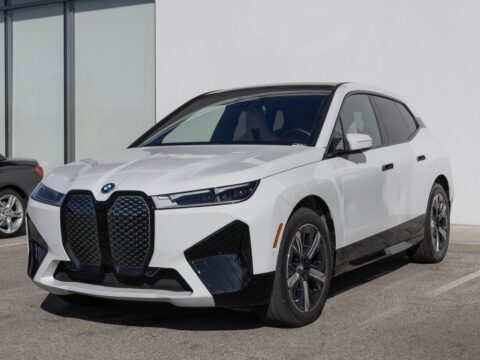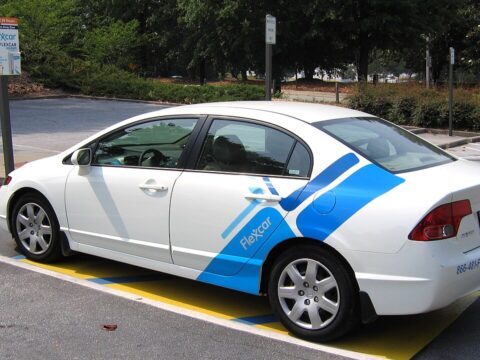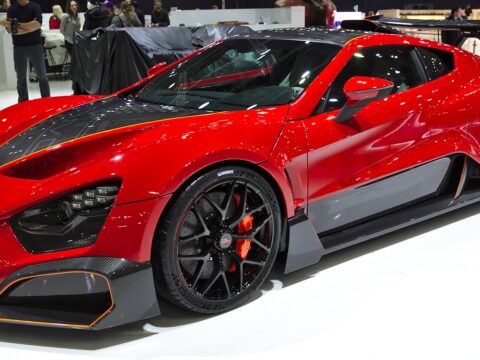Some automotive innovations were revolutionary, pushing the boundaries of technology and design. Despite being ahead of their time, they failed to gain traction in the market. Here are some automotive innovations that were ahead of their time but still failed.
Contents
Tucker 48 (1948)
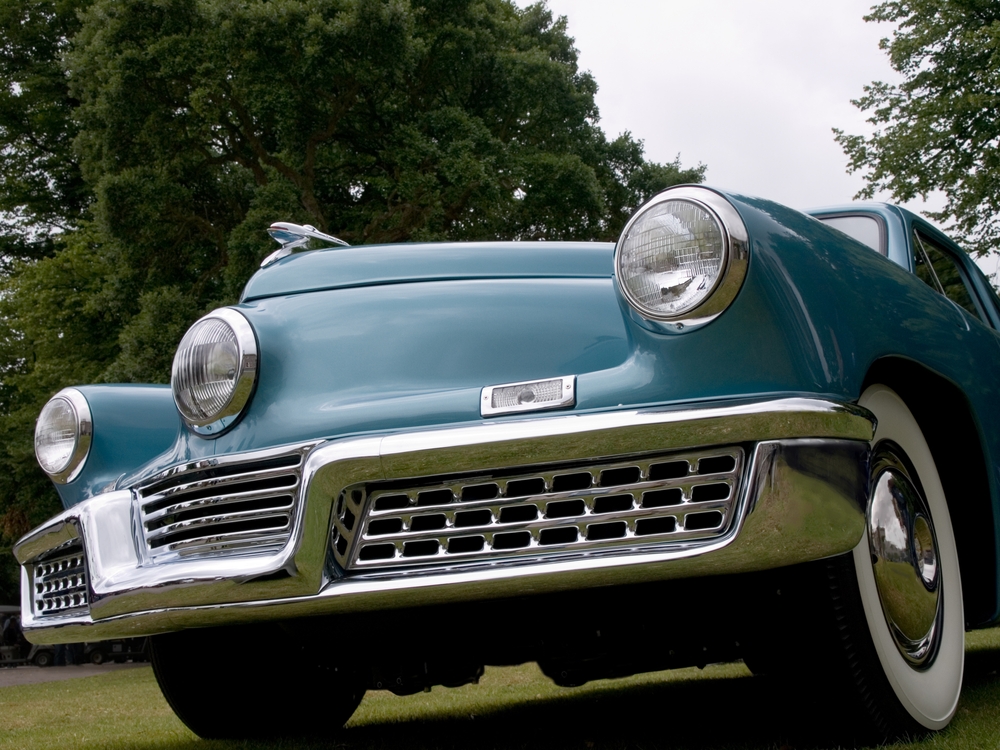
The Tucker 48, also known as the Tucker Torpedo, was a groundbreaking car with numerous innovative features. It boasted a rear-mounted 5.5-liter flat-six engine, a safety-focused design with a perimeter frame, a pop-out windshield, and a central headlight that turned with the steering wheel. Despite these advancements, only 51 units were produced before the company collapsed due to financial and legal troubles. Preston Tucker’s ambitious vision was ahead of its time, but the company couldn’t overcome the challenges of negative publicity and regulatory scrutiny, leading to its premature demise.
General Motors EV1 (1996-1999)
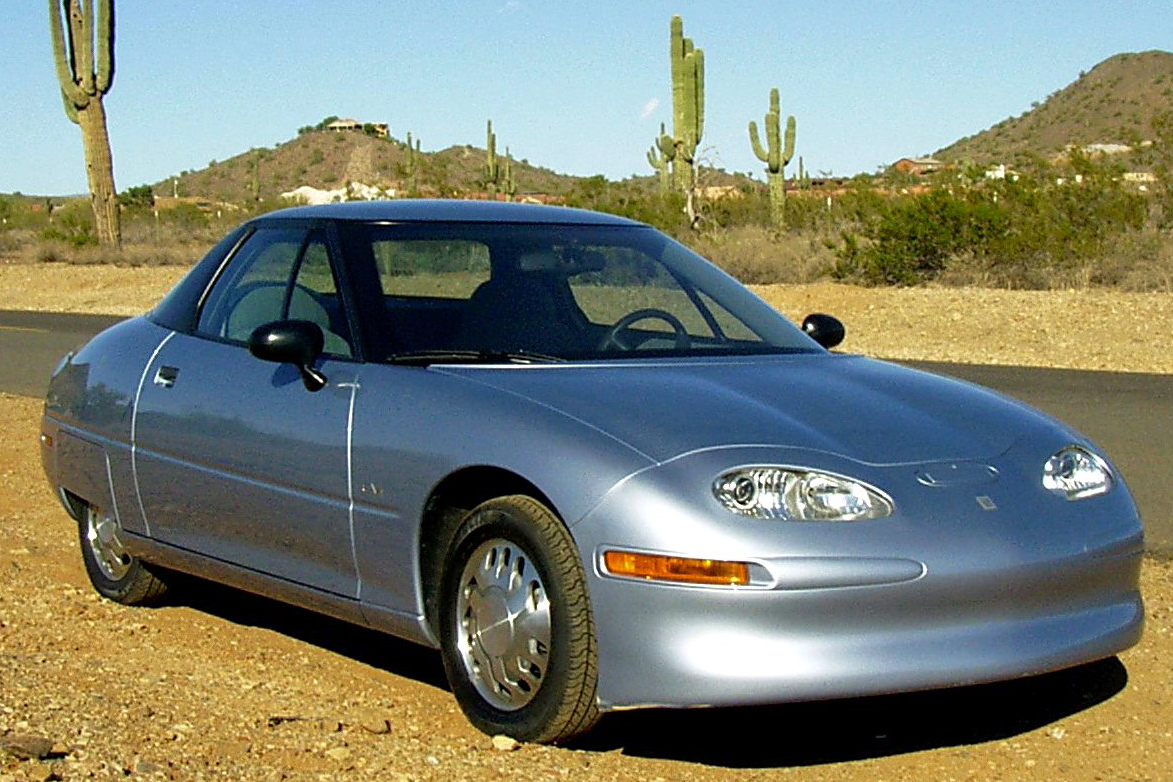
The GM EV1 was one of the first mass-produced electric vehicles, featuring an advanced lead-acid battery and later a nickel-metal hydride battery, providing a range of up to 160 miles. It had an aerodynamic design and regenerative braking. However, despite its technological advancements, the EV1 was discontinued in 2002. GM cited high production costs and limited demand, but many believe that internal resistance to electric vehicles and external pressures from oil and automotive industries played a significant role in its failure.
Citroën DS (1955-1975)
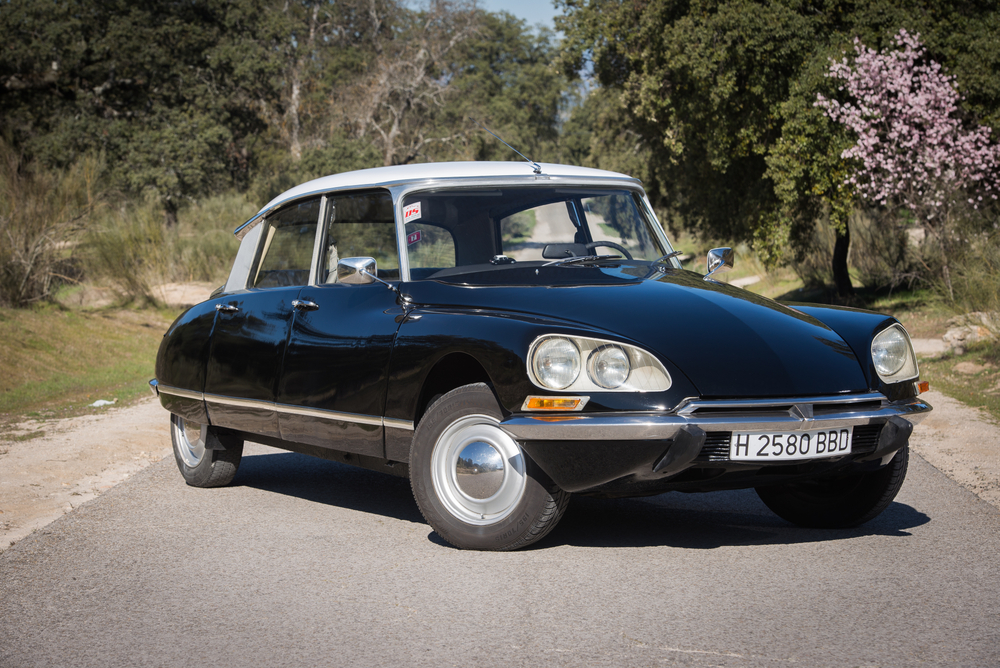
The Citroën DS was a revolutionary car with its futuristic design, hydropneumatic self-leveling suspension, and advanced aerodynamics. It also featured innovations like disc brakes and power steering. Despite its technological prowess and a strong initial reception, the DS struggled with reliability issues and high maintenance costs. Its complexity made it difficult and expensive to repair, which ultimately limited its long-term success.
DeLorean DMC-12 (1981-1983)
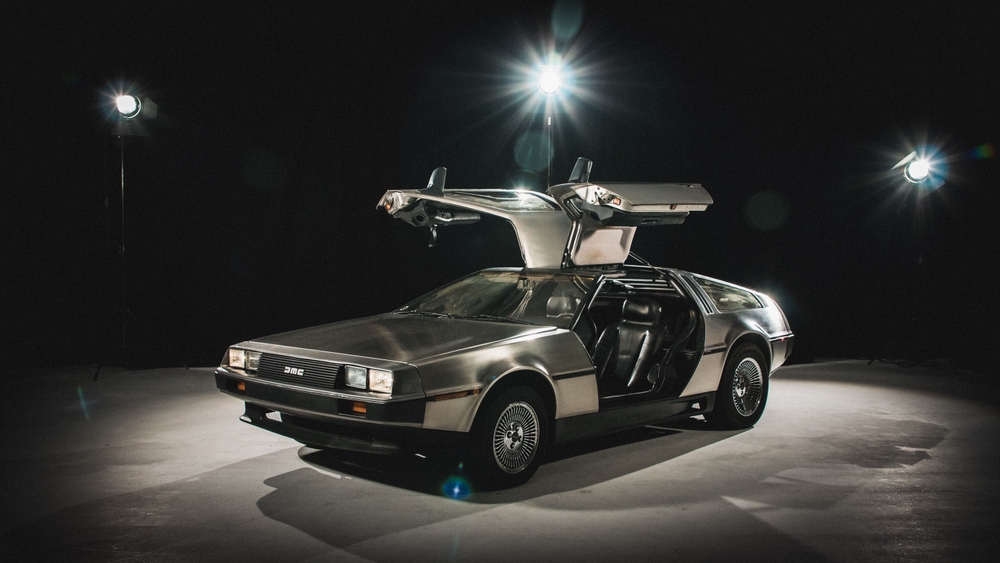
The DeLorean DMC-12, known for its gull-wing doors and stainless steel body, was a design icon. It featured a rear-mounted 2.85-liter V6 engine and a sleek, futuristic design by Giorgetto Giugiaro. Despite its innovative design, the DMC-12 suffered from poor build quality, underwhelming performance, and financial issues within the company. The brand’s association with scandal and legal troubles of founder John DeLorean also contributed to its failure.
AMC Pacer (1975-1980)
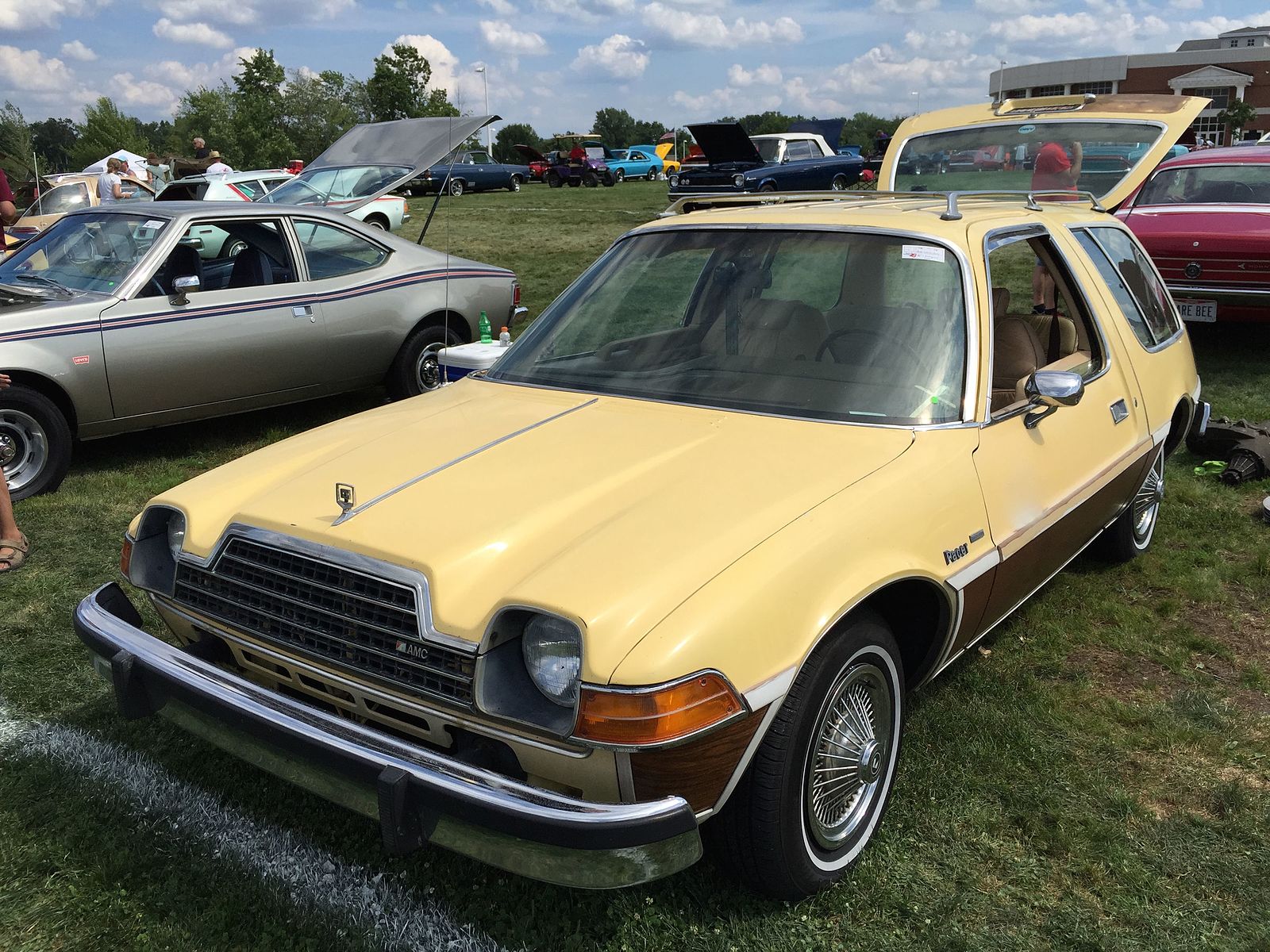
The AMC Pacer was ahead of its time with its wide-body design, offering increased interior space and visibility. It featured a compact yet roomy cabin and unique styling. Despite these innovative aspects, the Pacer failed due to its poor fuel efficiency, underpowered engines, and timing coinciding with the 1970s oil crisis. Its unconventional design was also polarizing, and it failed to resonate with a broad audience.
Ford Nucleon (1958 – Concept)
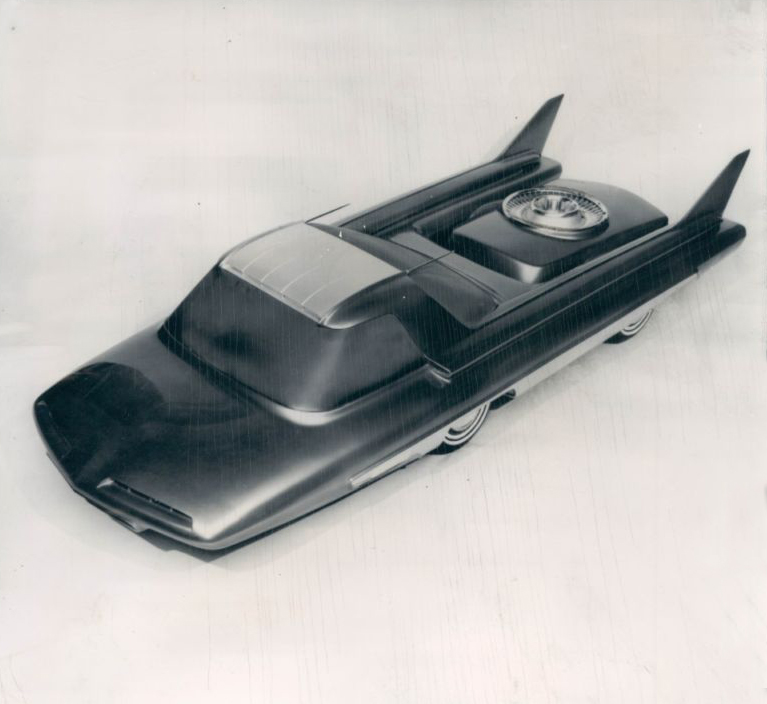
The Ford Nucleon was an ambitious concept car designed to be powered by a small nuclear reactor, reflecting the futuristic optimism of the 1950s. It aimed to eliminate the need for traditional refueling, offering unprecedented range and efficiency. However, the technological and safety challenges of developing a compact, safe nuclear reactor for automotive use were insurmountable. The concept never reached production and remains a symbol of the era’s visionary yet impractical innovations.
Mazda RX-8 (2003-2012)
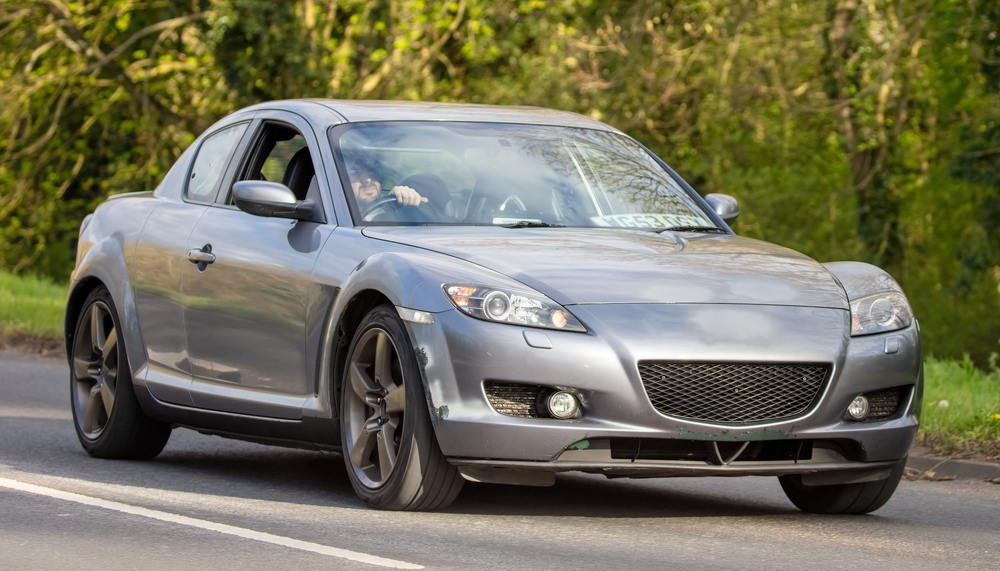
The Mazda RX-8 featured a unique rotary engine (1.3-liter Renesis) and a distinctive design with rear-hinged “freestyle” doors for easier rear-seat access. Despite its innovative engine and sporty design, the RX-8 faced reliability issues, high fuel and oil consumption, and stringent emissions regulations that led to its discontinuation. The rotary engine’s advantages couldn’t outweigh its practical drawbacks, limiting the car’s long-term success.
Chrysler Turbine Car (1963-1964)

The Chrysler Turbine Car was an experimental vehicle powered by a turbine engine, which could run on various fuels and offered fewer moving parts and smoother operation. Only 55 units were built for testing and evaluation. Despite its potential, the Turbine Car faced challenges like high production costs, lagging acceleration, and difficulties in meeting emissions standards. The program was ultimately canceled, and most of the cars were destroyed.
Subaru SVX (1991-1996)
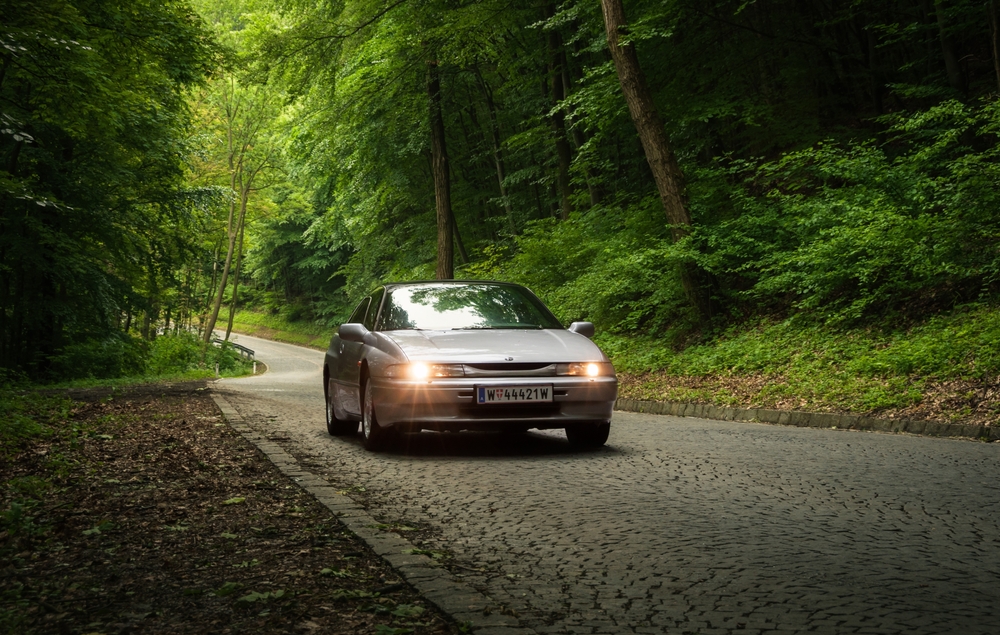
The Subaru SVX was a sleek, futuristic coupe with a unique window-in-window design and a 3.3-liter flat-six engine. It offered a comfortable ride and advanced all-wheel-drive technology. However, the SVX’s high price, unconventional styling, and lack of marketing led to poor sales. Additionally, its target market was unclear, and it struggled to compete with established luxury brands.
Tucker Carioca (1941 – Concept)

The Tucker Carioca was an innovative concept car designed by Preston Tucker before the Tucker 48. It featured advanced safety features, including a center headlight and rear-mounted engine. The outbreak of World War II halted its development, and post-war economic conditions shifted Tucker’s focus to the Tucker 48. The Carioca’s potential was never realized, making it an intriguing but ultimately failed innovation.
Fisker Karma (2011-2012)
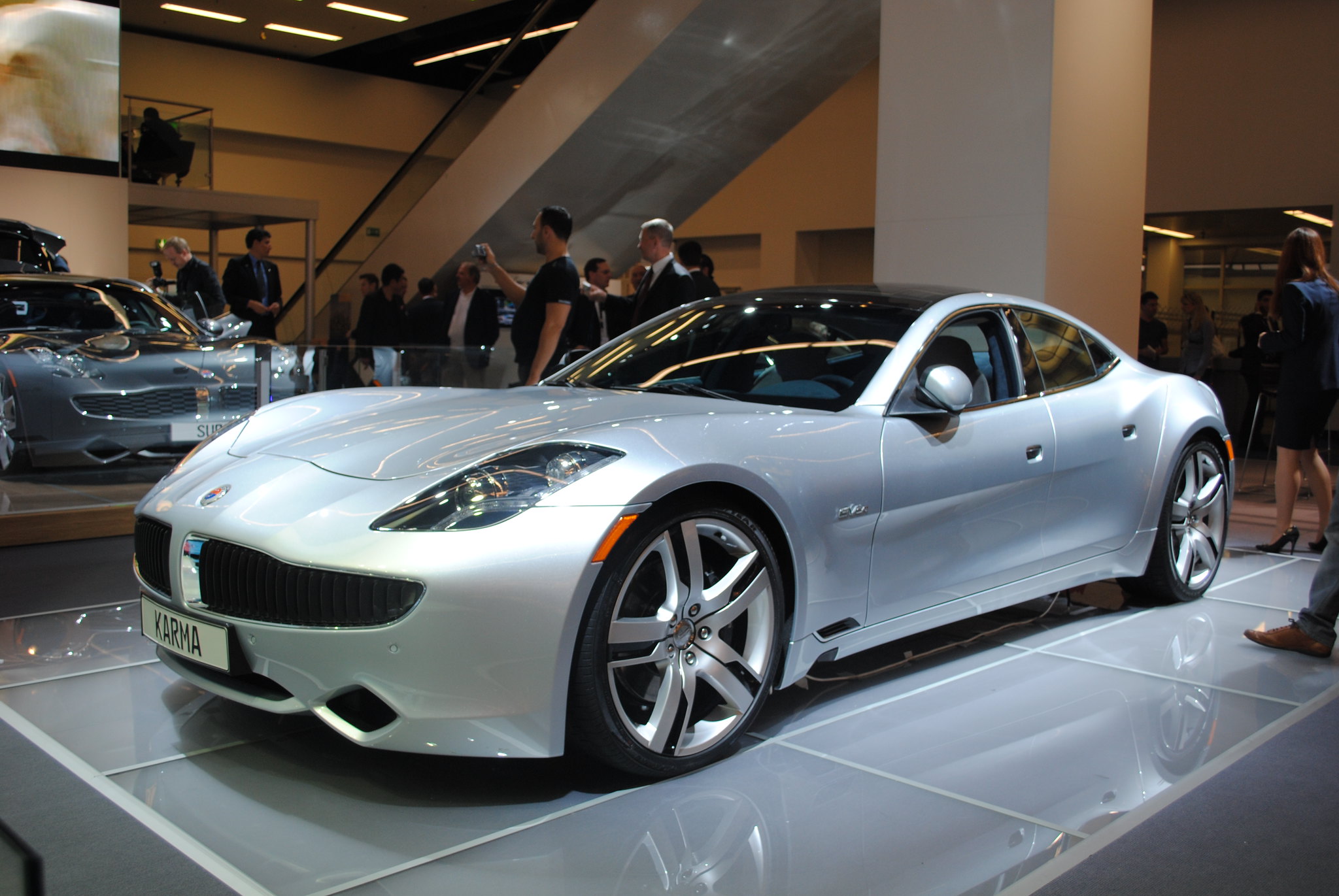
The Fisker Karma was a luxury plug-in hybrid electric vehicle with a sleek design and advanced technology. It featured a 2.0-liter turbocharged engine paired with electric motors, providing an electric-only range and extended range using gasoline. Despite its innovative powertrain and design, the Karma faced numerous quality control issues, financial troubles, and a battery supplier’s bankruptcy. Fisker Automotive eventually went bankrupt, marking the Karma’s failure.
Plymouth Prowler (1997, 1999-2002)
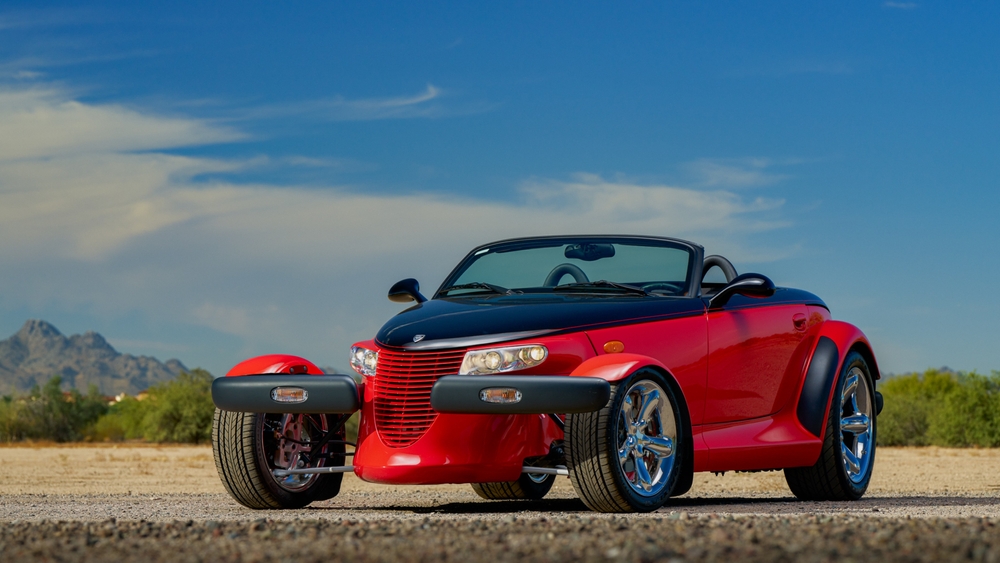
The Plymouth Prowler was a retro-styled roadster with a unique design inspired by hot rods. It featured a 3.5-liter V6 engine and an aluminum-intensive construction. Despite its eye-catching appearance and innovative materials, the Prowler’s underwhelming performance, high price, and limited practicality led to poor sales. It failed to attract a broad audience, leading to its discontinuation.
Chevrolet Corvair (1960-1969)

The Chevrolet Corvair was an innovative compact car with a rear-mounted, air-cooled flat-six engine and independent suspension. It offered a unique driving experience and advanced design for its time. However, safety concerns raised by Ralph Nader’s book “Unsafe at Any Speed” tarnished its reputation, leading to declining sales and its eventual discontinuation. Despite its innovations, the Corvair couldn’t overcome its safety image problems.
Studebaker Avanti (1962-1963)
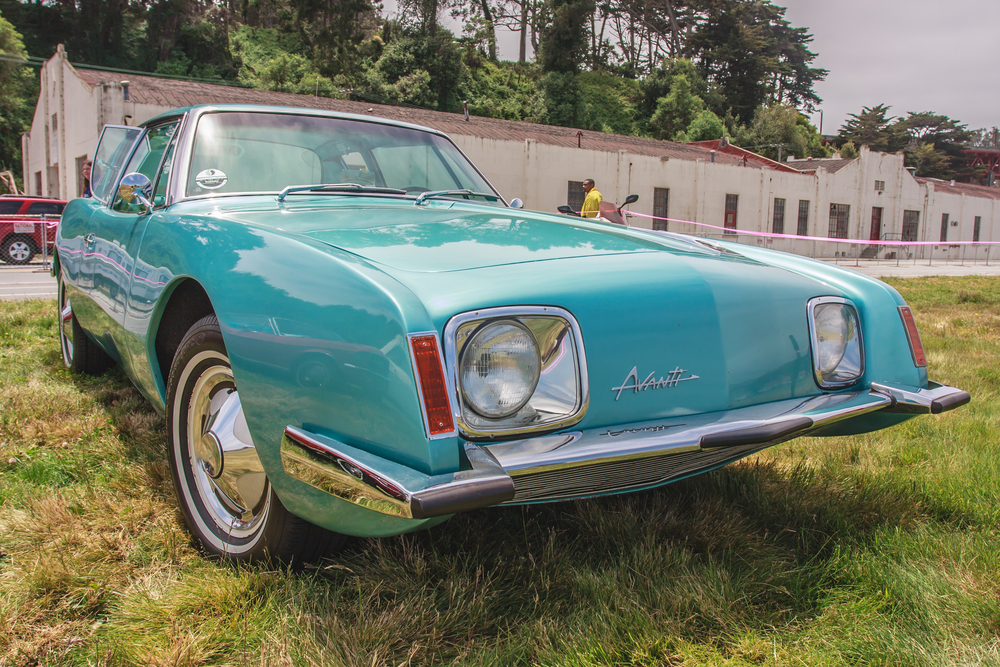
The Studebaker Avanti was a sleek, fiberglass-bodied coupe with advanced features like front disc brakes and supercharged V8 engine options. Despite its forward-thinking design and performance, Studebaker’s financial instability and production issues led to the Avanti’s short-lived production run. The company ceased car production in 1963, making the Avanti a rare but ultimately unsuccessful innovation.
Saturn EV1 (1996-1999)
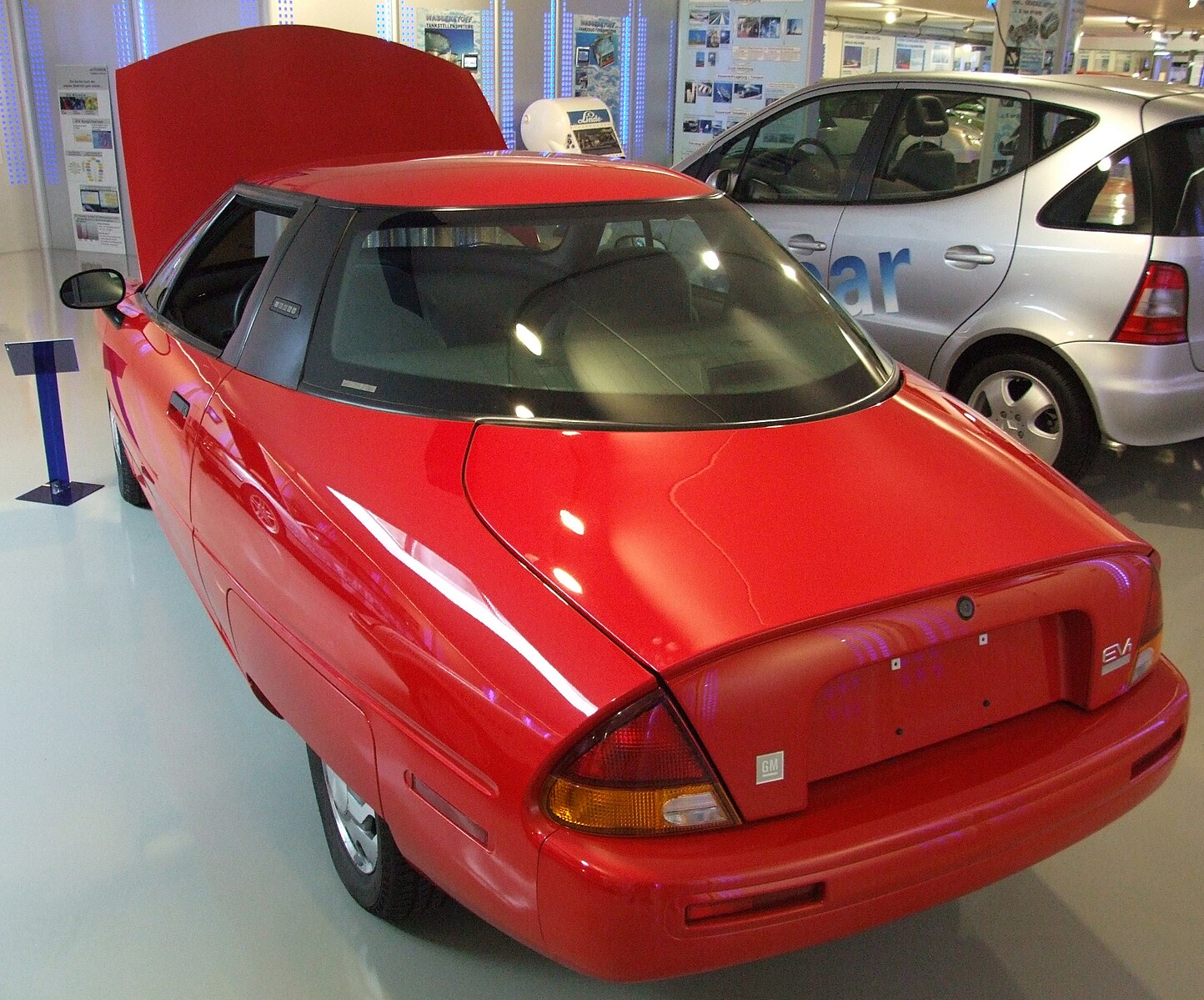
The Saturn EV1 was General Motors’ first mass-produced electric vehicle, featuring an aerodynamic design and advanced lead-acid and later nickel-metal hydride batteries. Despite its impressive range and performance for the time, the EV1 was discontinued, and all leased units were recalled and mostly destroyed. GM cited high production costs and limited demand, but the decision remains controversial, with many believing it was influenced by external pressures from the oil and automotive industries.
Oldsmobile Toronado (1966-1992)

The Oldsmobile Toronado was the first American front-wheel-drive car since the Cord, featuring a powerful V8 engine and advanced suspension. Its innovative design offered improved handling and interior space. Despite its initial success, the Toronado struggled with reliability issues and changing market preferences. The Oldsmobile brand was eventually phased out by General Motors in 2004, marking the end of the Toronado’s legacy.
NSU Ro80 (1967-1977)

The NSU Ro80 was an advanced German sedan featuring a rotary engine, aerodynamic design, and innovative semi-automatic transmission. It offered a smooth and refined driving experience. However, the Ro80 faced significant reliability issues with its rotary engine, leading to frequent repairs and warranty claims. The financial burden of these issues contributed to NSU’s acquisition by Volkswagen, and the Ro80 was discontinued.
Cadillac Allanté (1987-1993)
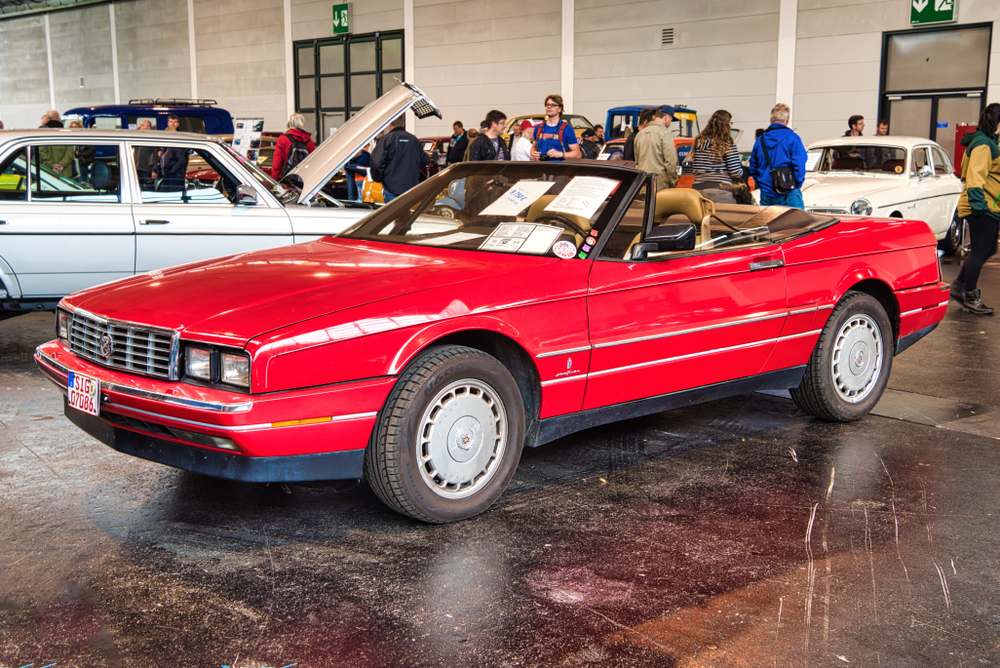
The Cadillac Allanté was a luxury roadster with a body designed and built by Pininfarina in Italy and then flown to the U.S. for final assembly. It featured advanced technology, including a digital dashboard and electronic suspension. Despite its innovative approach and elegant design, the Allanté faced quality control issues, high production costs, and strong competition from established luxury brands. It failed to achieve the expected sales and was discontinued.
Bricklin SV-1 (1974-1975)
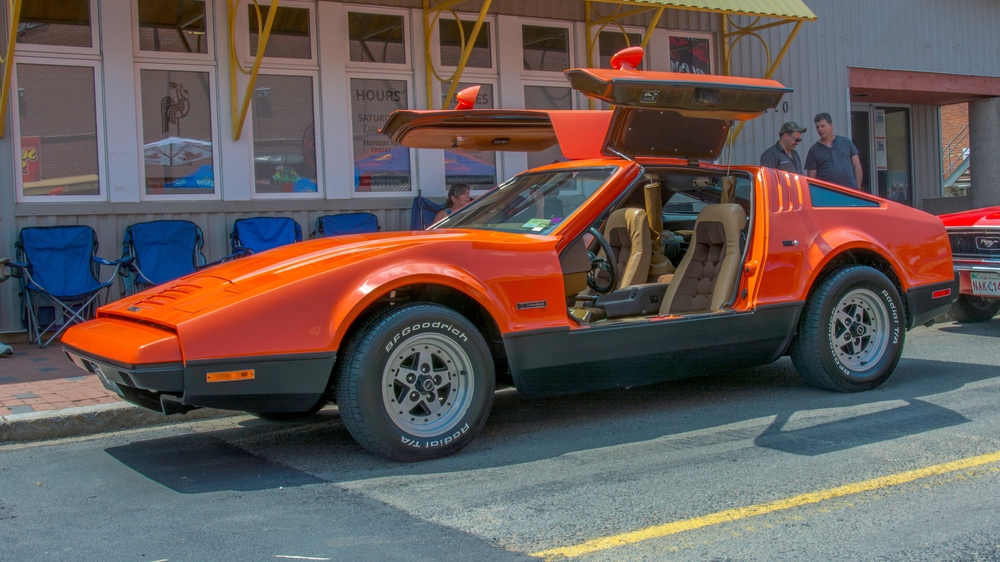
The Bricklin SV-1 was a Canadian sports car with a focus on safety, featuring a fiberglass body, gull-wing doors, and integrated roll cage. It was powered by a 5.9-liter V8 engine. Despite its innovative safety features and unique design, the SV-1 faced numerous production and quality control issues. Financial difficulties and poor management led to the company’s bankruptcy after producing only 2,854 units.
Amphicar Model 770 (1961-1968)
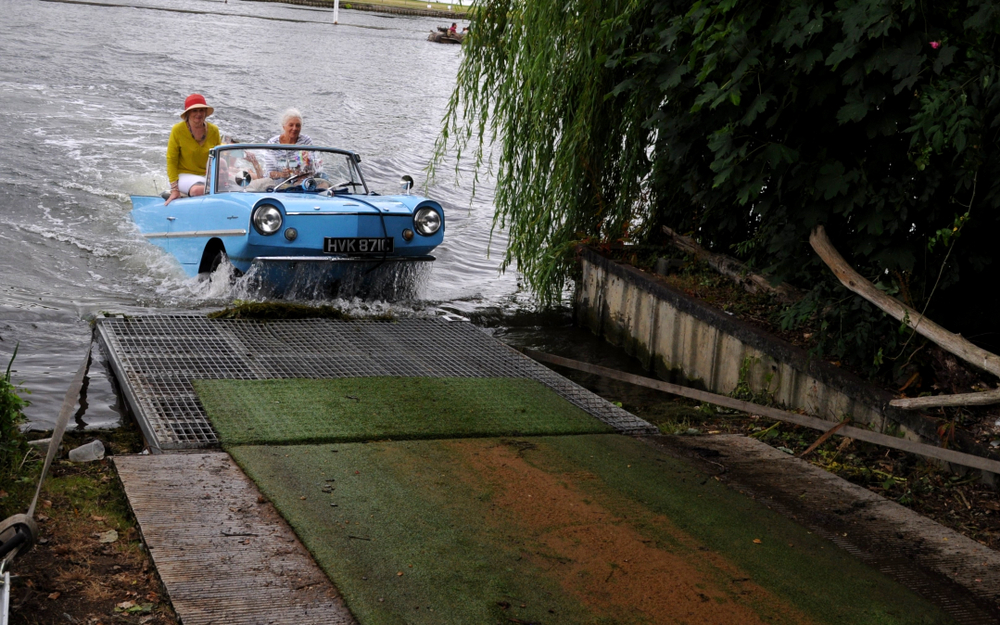
The Amphicar Model 770 was an amphibious car capable of operating both on land and water, powered by a rear-mounted 1.2-liter Triumph engine. It offered a unique dual-purpose design and could reach speeds of 7 knots in water and 70 mph on land. Despite its novelty, the Amphicar faced issues with performance, safety, and practicality. Limited production and high costs led to its discontinuation, making it a rare and quirky piece of automotive history.
This article originally appeared on MyCarMakesNoise.
More from MyCarMakesNoise
18 Underrated Motorcycles with Surprising Performance

When it comes to motorcycles, some of the best rides often fly under the radar. In this list, we’re highlighting 18 underrated motorcycles with surprising performance that deserve more recognition. Read More.
15 Compelling Reasons to Postpone Your Electric Car Purchase

Thinking about making the switch to an electric car? While the idea is exciting, there are a few important factors to consider before making the leap. In this article, we’ll explore 15 compelling reasons why you might want to hold off on purchasing an electric vehicle just yet. Read More.
20 Elusive Muscle Cars You’ll Only See in Your Dreams
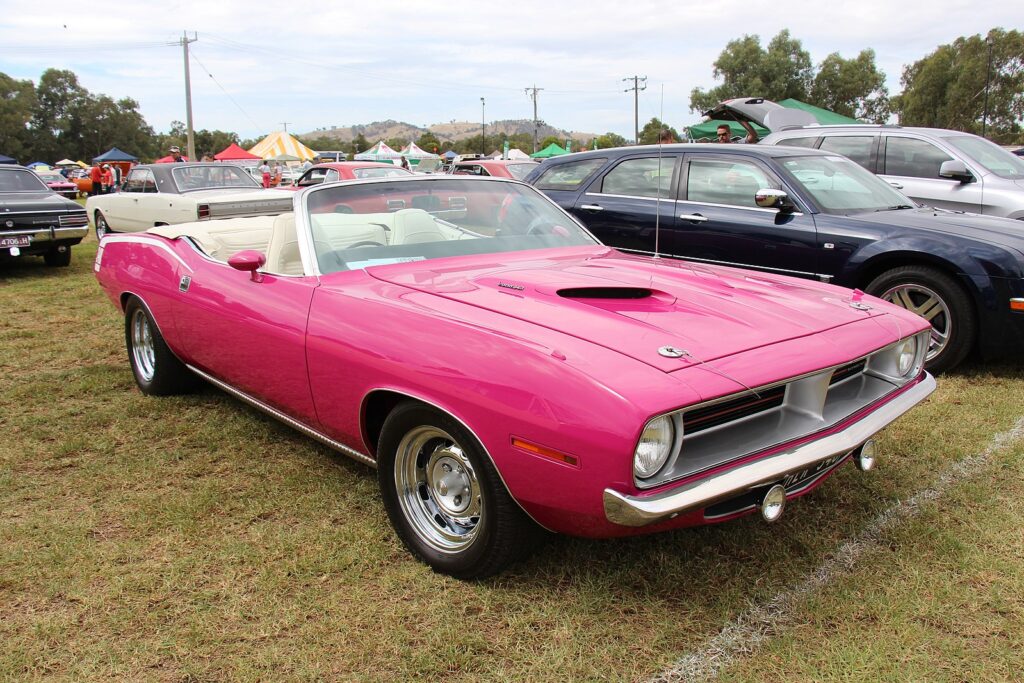
Muscle cars are the epitome of American automotive power and style, capturing the hearts of enthusiasts and collectors alike. In this article, we explore the rarest and most coveted muscle cars ever made. Read More.

